How Water Temperature Dictates Your Trolling Reel Line Choices: Walleye vs. Cold-Water Cod Fishing
When it comes to trolling fishing, understanding how water temperature impacts your gear choices is crucial for success. Whether you’re targeting walleye in cooler lakes or chasing cold-water cod in deeper seas, the right trolling rods, trolling reels, trolling lures, and trolling rod and reel combos can make all the difference. Let’s dive into how water temp guides your trolling equipment selection and why each piece matters.
The Science of Water Temperature and Fish Behavior
Fish are ectothermic, meaning their activity levels and feeding habits are directly tied to water temperature. For walleye, optimal trolling conditions typically range between 50°F–65°F, where they’re more active and roam open waters in search of baitfish. In contrast, cold-water cod species thrive in temperatures below 50°F, especially in the 40°F–48°F range, where they congregate around structures like reefs or drop-offs. Matching your gear to these environments ensures you present lures effectively and handle fish with precision.
1. Walleye Trolling Rods: Durability Meets Sensitivity
When trolling for walleye in moderate temperatures, your rod must balance strength and responsiveness. Look for walleye trolling rods with medium-light to medium power—stiff enough to handle larger lures or fast retrieves but limber enough to detect subtle bites. Graphite or graphite-composite blanks offer sensitivity for feeling strikes, while fiberglass components add durability for prolonged use in varying depths.
Pro Tip: Opt for rods with a slow to moderate action to prevent breaking delicate fish and ensure smooth line control in colder water where walleye may be less aggressive.
2. Trolling Fishing Reels: Line Capacity and Drag Reliability
A quality trolling fishing reel is non-negotiable for both walleye and cod. For walleye in warmer temps, prioritize reels with a line counter (ideal for precise bait placement) and a drag system that handles 10–15 lb test line—perfect for their average size and fight. In cold water targeting cod, however, opt for reels with larger spools (300+ yards of 15–20 lb test) to accommodate longer runs and stronger currents.
Key Feature: A corrosion-resistant finish (e.g., stainless steel drag washers) is essential for saltwater cod fishing, while sealed drag systems prevent water ingress in freshwater walleye lakes.
3. Trolling Lures: Matching Color and Action to Temp
Lure selection isn’t just about size—it’s about how temperature affects visibility and fish aggression. For walleye in 50°F–65°F water, stick to trolling lures with natural color palettes (browns, greens, silvers) that mimic baitfish like perch or shad. Slow-moving baits (e.g., crawler harnesses, leadcore-trolled spoons) work best in cooler temps, as fish conserve energy.
For cold-water cod, contrast is key: bright colors (chartreuse, orange, red) stand out in low-light conditions under ice or in deep, dark water. Use fast-diving plugs or heavy jigs to trigger strikes from lethargic fish, and don’t forget to add a stinger hook for those hard-to-hook cod.
4. Trolling Rod and Reel Combos: The Ultimate Synergy
A trolling rod and reel combo designed for your target species and water temp simplifies setup and maximizes performance. For walleye, look for combos with a 7–9 ft rod length (ideal for casting distance and depth control) paired with a baitcasting or trolling reel with a 5.2:1 gear ratio—balanced speed for steady retrieves.
Cold-water cod anglers should seek combos with longer rods (9–10 ft) for deeper drops and reels with high line capacity. Saltwater-specific combos often include anti-corrosive coatings and stronger drag systems to handle the fight of larger cod.
Final Tips for Temperature-Optimized Trolling
- Test Water Temps: Use a handheld thermometer to confirm depths where fish are holding—walleye may suspend at specific temps, while cod prefer bottom structure in cold layers.
- Adjust Line Type: In frigid water, fluorocarbon line (nearly invisible underwater) outperforms monofilament for cod, while braided line with a fluorocarbon leader adds sensitivity for walleye.
- Stay Adaptable: Sudden temperature shifts (e.g., cold fronts, thaw periods) can change fish behavior—keep multiple trolling lures and rods on hand to pivot quickly.
By aligning your trolling rods, reels, lures, and combos with water temperature, you’ll boost your chances of landing more walleye or cod. Remember: successful trolling starts with understanding your environment—and the right gear ensures you’re ready for whatever the water throws your way.
Ready to gear up? Explore our selection of temperature-specific trolling gear today and turn knowledge into catches!



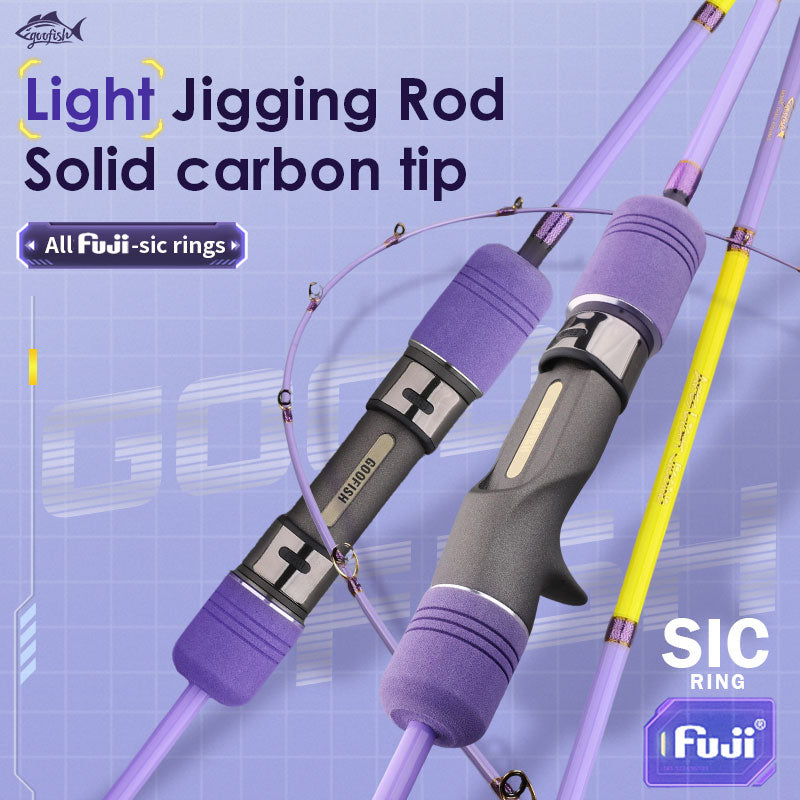
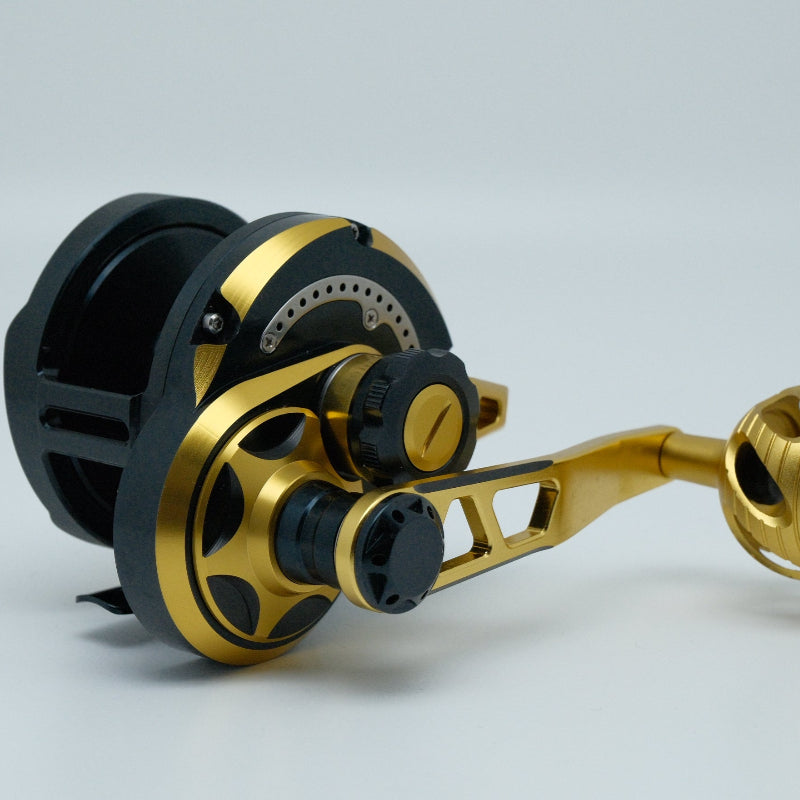
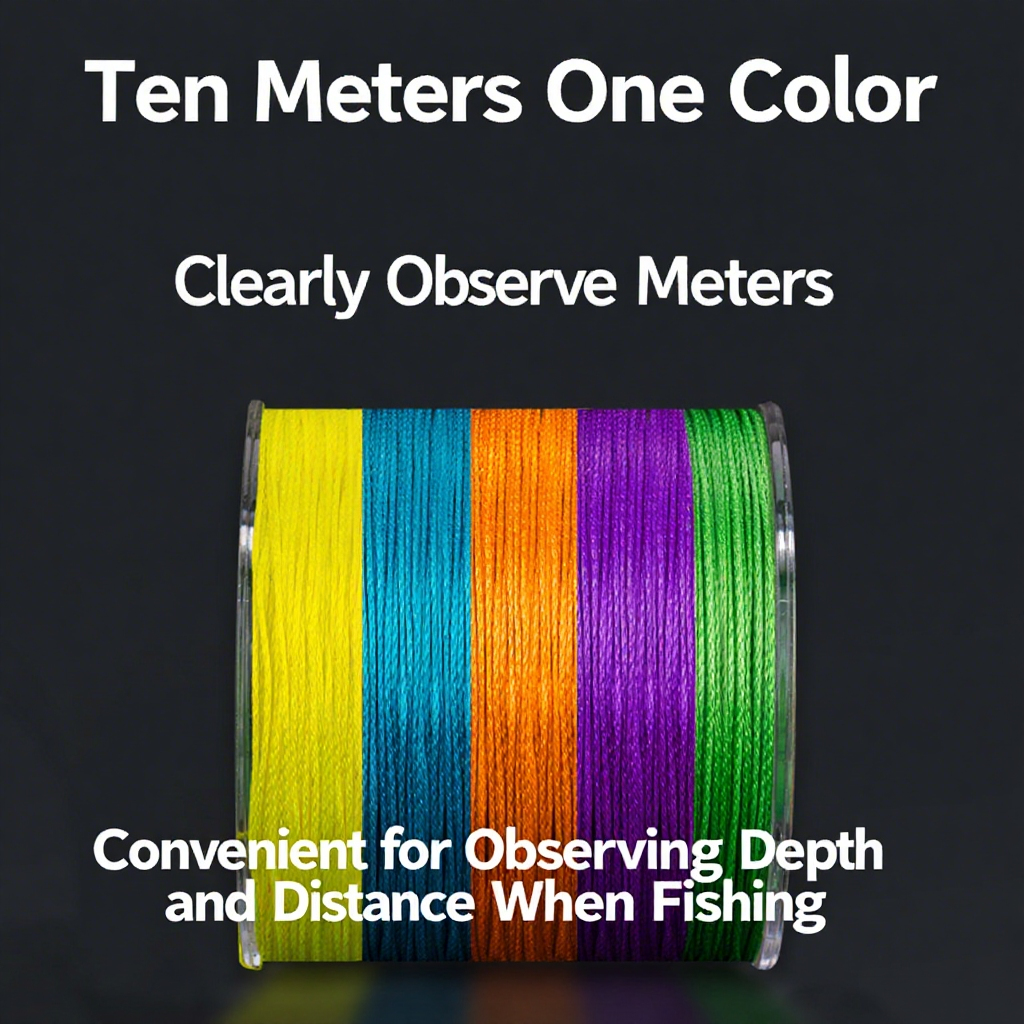
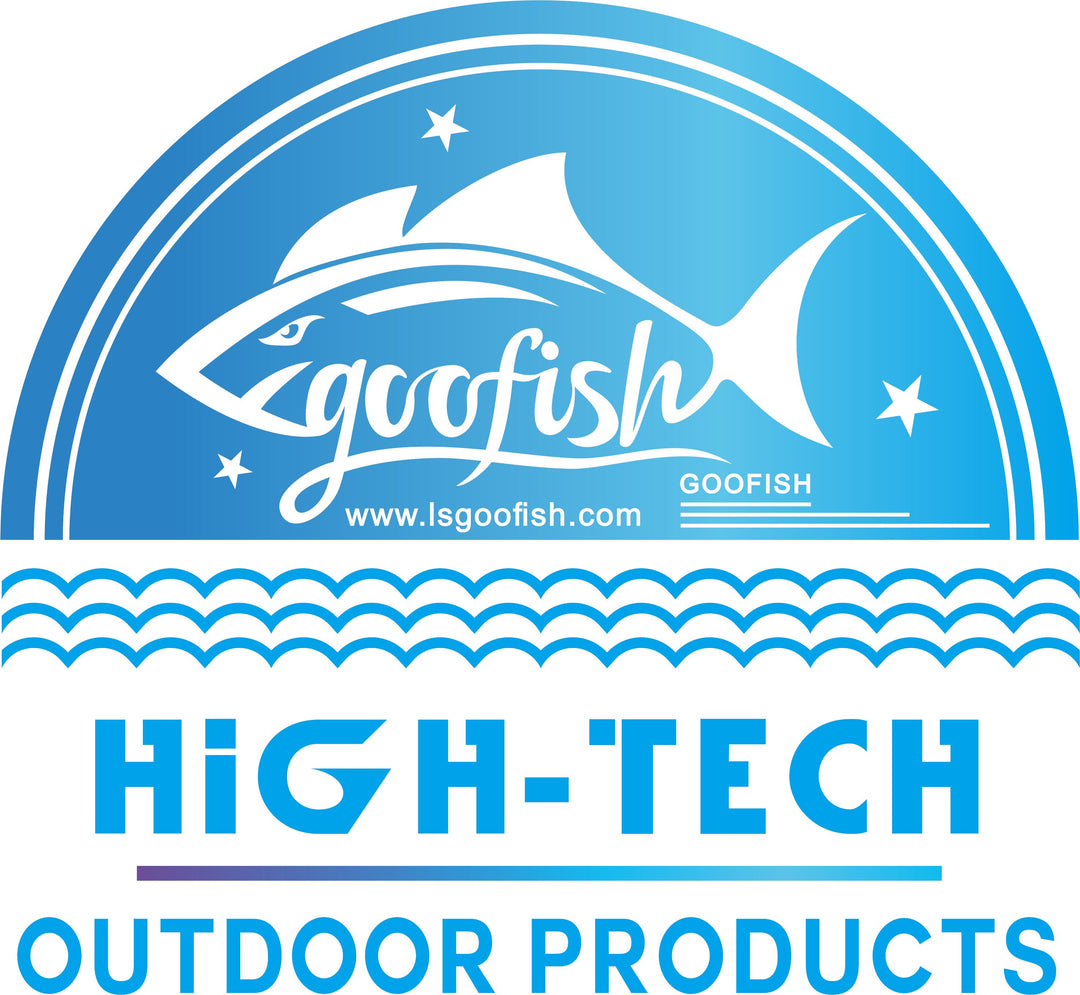



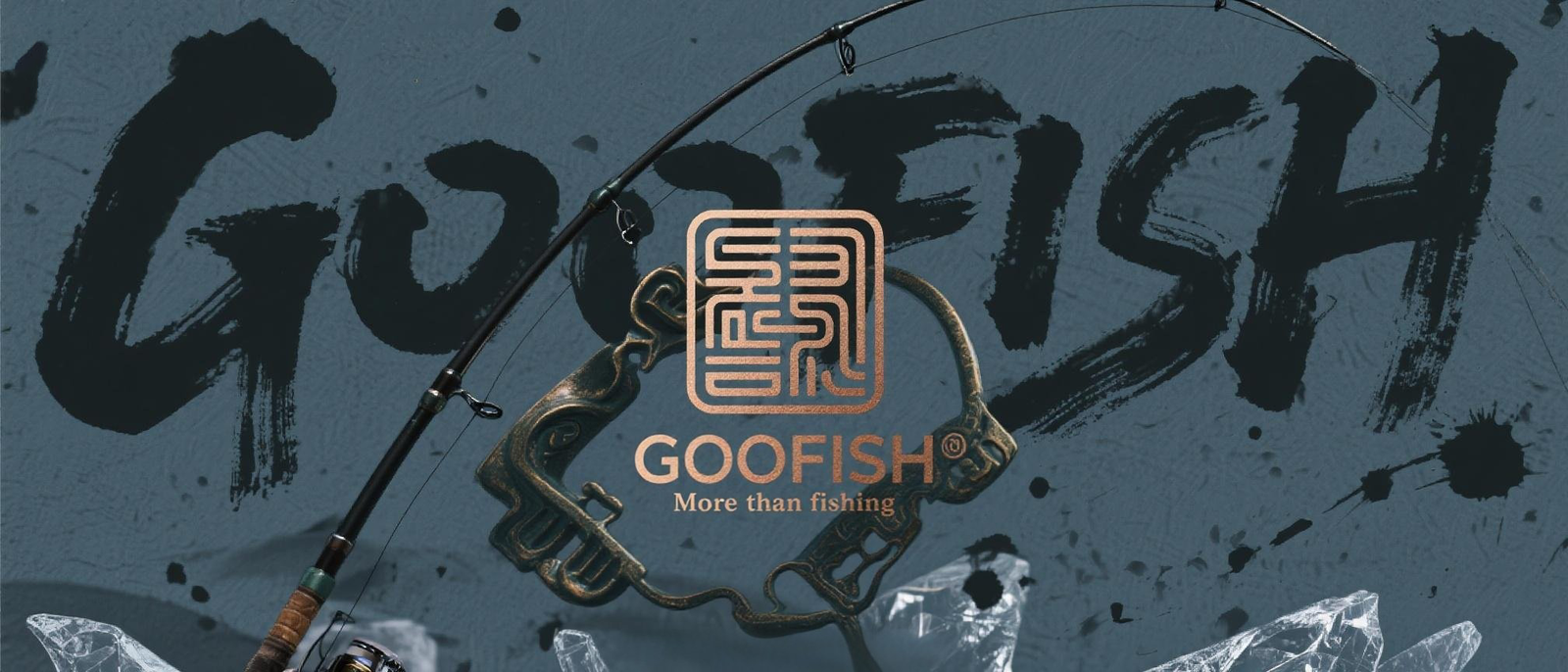
Leave a comment